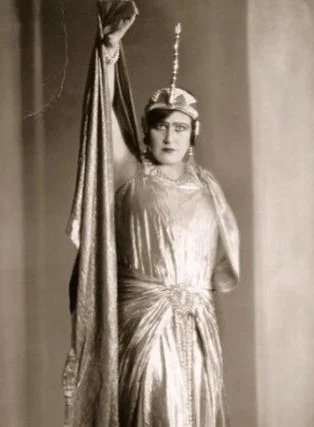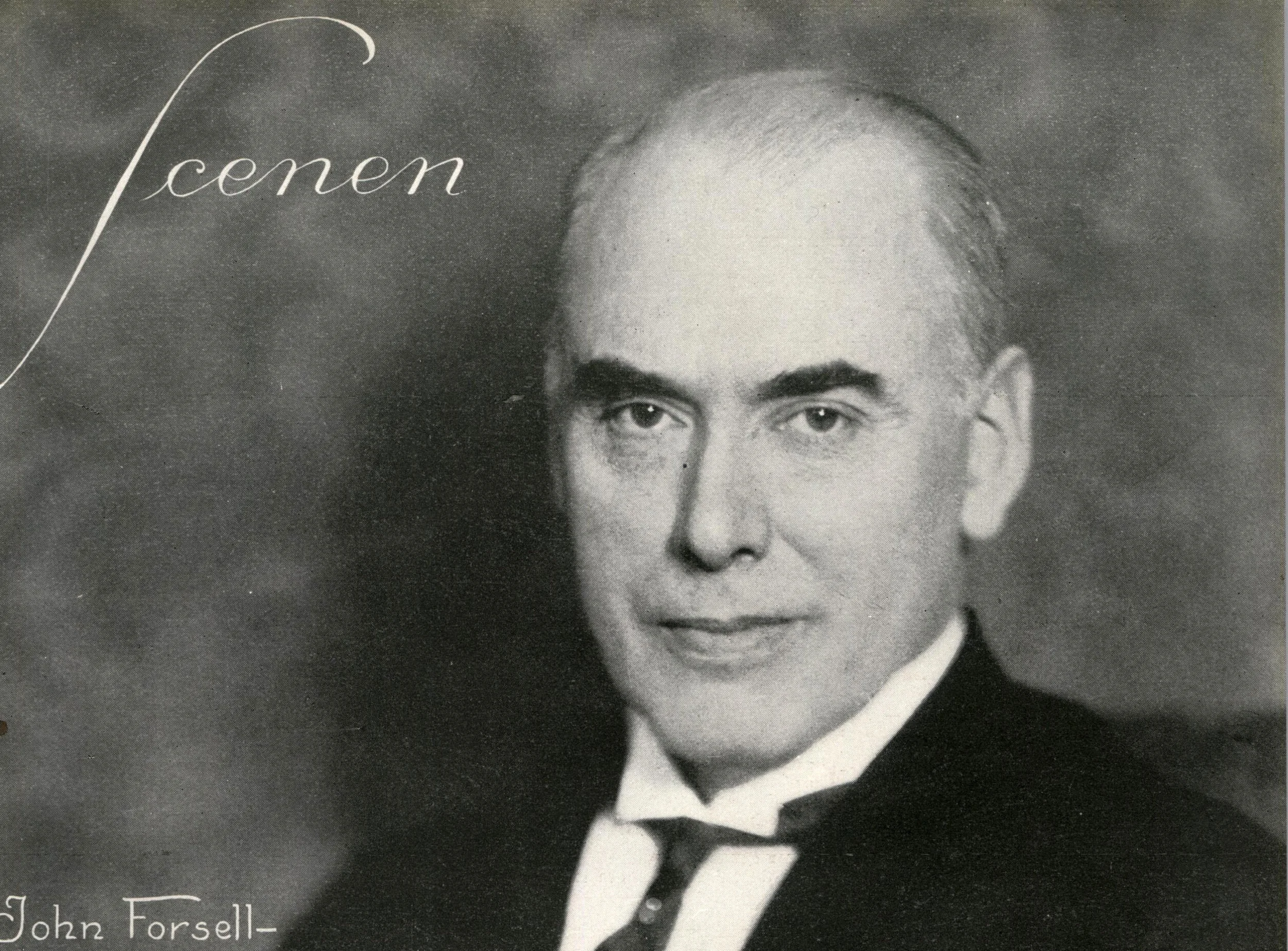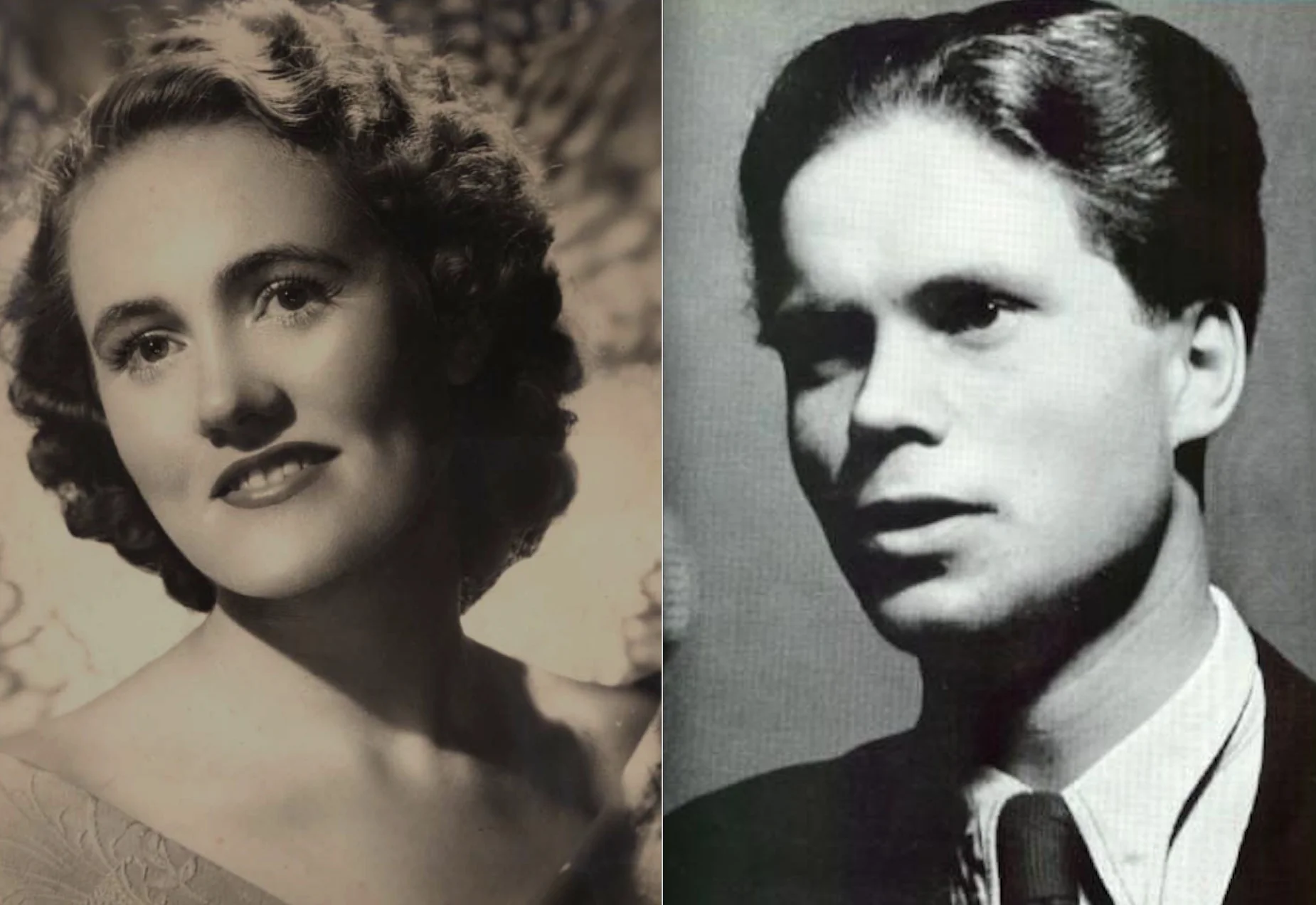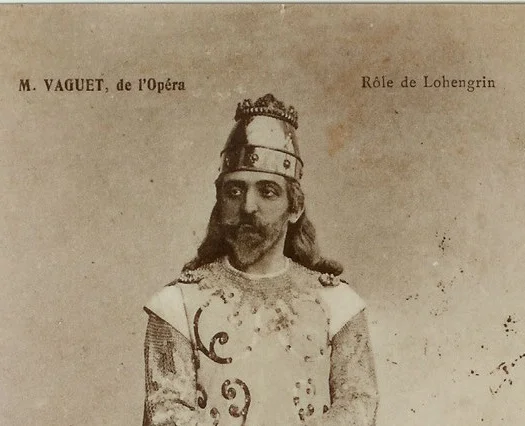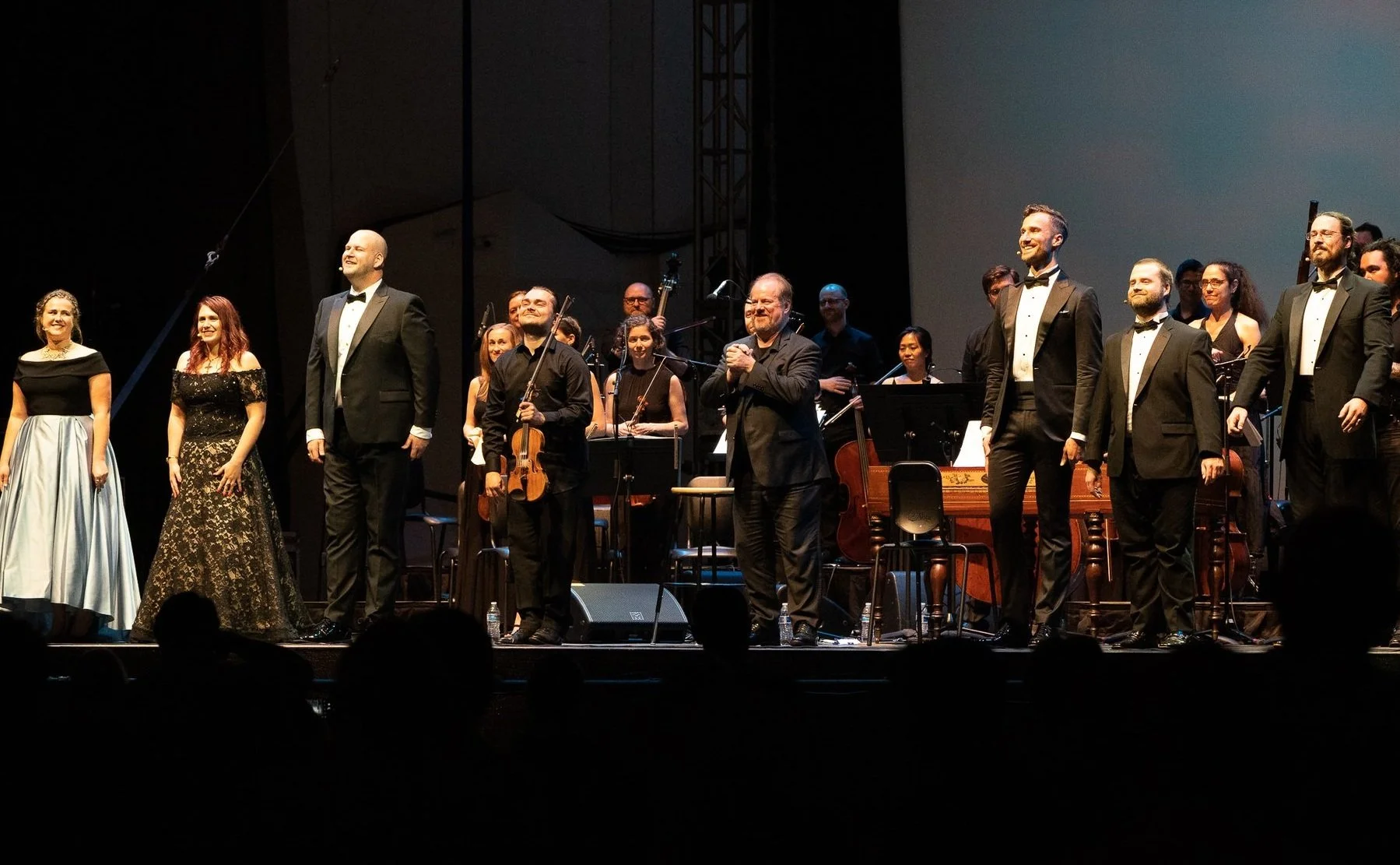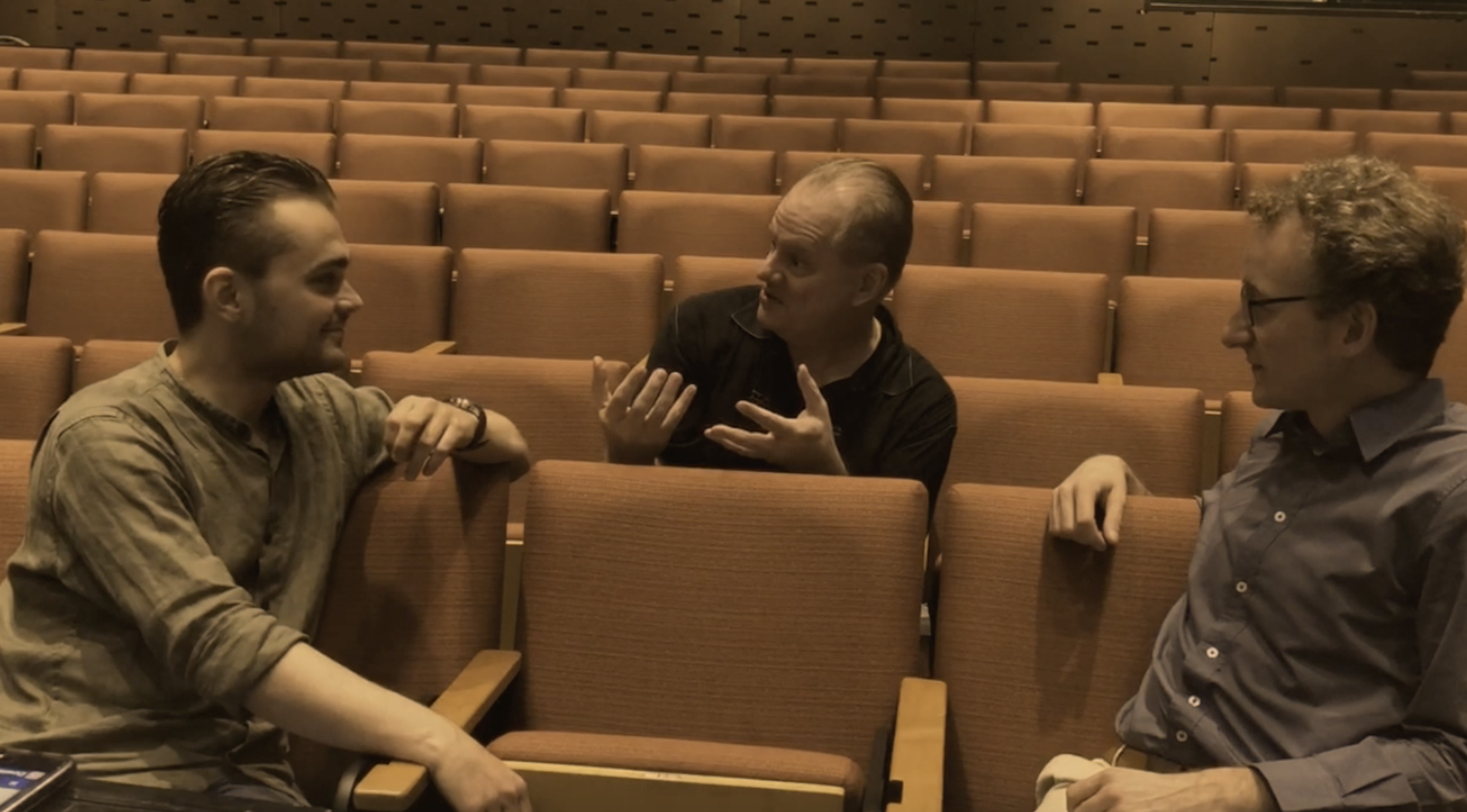Contralto
Every community in the English-speaking world has annual Messiah performances at one level or another, and so hundreds of living singers, maybe thousands, have learned and performed the contralto aria “O thou that tellest good tidings to Zion.” Here’s a representative fragment:
I have to admit that at some performances I get the feeling the title should be “O thou that murm’rest sweet nothings to Zion.” What would it sound like if the singer took the advice being offered in the text? Maybe something like Elizabeth Dews (1856-1929), doing her best to rattle the primitive recording horn in 1906 when the first attempt was made to record the whole oratorio.
Elizabeth Dews
Now that’s lifting up thy voice with strength. And being not afraid. Elegant? Not exactly, perhaps. A battle-hardened veteran, you might even say. But a basic requirement is being met.
The range of the aria is from the A below the treble stave to the B on the middle line. If (like our first example) it is performed at the Baroque tuning of A=415, then in modern terms we’d call that A-flat to B-flat. Either way: contralto territory. The aria is non-functional for any singer whose voice cannot be lifted up with strength in that span. But one of the strangest developments in 20th-century vocal history was the gradual disappearance of first-rate contralto voices, which weren’t rare at all when Madame Dews was one of the many.
Here is the complete aria as sung by one of the best of those many, Louise Homer (1871-1947):
There’s something quite specific going on here: the chest voice is obviously strong but not strained, and is used unequivocally up to E-natural or (not featured in this song) F. Then the notes just above it are different in timbre, but not drastically different. They have “chest-like” qualities without seeming brassy, over-bright, or uncomfortable, and they are rich without seeming darkened or hooty. This is what’s rare nowadays: both the non-aggressive availability of chest voice up to F and the “chesty” strength of the notes just above the shift. They make it possible to “lean in,” exactly where teachers and students today typically find the voice too fragile for such pressure.
Two clarifications or reminders at this point. First, we should note that the dividing line between contralto and mezzo-soprano is completely indefinite - like that between mezzo and soprano. That’s because “mezzo-soprano” is a late addition to the nomenclature of voices, covering many singers who would previously have belonged to one or the other of the older categories. When we say “contralto” nowadays we may be describing someone whose professional designation is “mezzo-soprano,” but whose voice is comfortable and strong in the lower half of its span. Second: Does Louise Homer’s voice, while undeniably hearty and secure, perhaps sound a little dull in tone quality? Blame the acoustical process (and the cautious Victor engineers who didn’t want their records to wear out). Here is what she sounded in her late fifties, when she first encountered the frequency-range of electrical recording. (Fun fact: around this time she premiered some youthful songs by her nephew Samuel Barber.)
Louise Homer as Amneris
What happened? Many things, but in this case I think the main culprit is technology. In the second half of the 20th century everybody got used to two somewhat contradictory things. One is the appeal of a rounded, soft-grained lower register in a classical voice as transmitted by closely miked studio recordings (it sounds “lush”). The other is the use of chest voice in the tight, high-larynx whine called “belting,” which became ubiquitous in pop music and has mostly taken over Broadway singing as well ever since the microphones were brought in (mid-to-late 1960s). Between enjoying the first and striving to avoid the second, there was plenty of incentive for a cautious or lazy approach to development of the low and middle range. “Lush” is great in a voice that naturally has that possibility while still building firmness and power; the trouble is that imitation of its surface qualities isn’t really effective outside the recording studio.
So it’s hard even to know what underdeveloped contralto voices might be working among us as middling mezzo-sopranos - the kind that don’t have much presence until reaching the upper mid-range, where they can suddenly “take the lead” sonically. Then when somebody like Stephanie Blythe or Anita Rachvelishvili comes along and can make a musically dominant sound down below, it’s treated as a rarity, and a kind of delightful surprise.
Much more delightful, though, would be the surprise of making that something you expect every night at the opera. And it could be done; nature hasn’t stopped producing innately strong voices in all the traditional ranges. What would it take? Two things: recognition of the need, and sustained attention to old-school exercises for the vocal tasks required.
The benefit isn’t just power: it’s also the color span and expressive variety that attach to developed voices - even when they’re taking it easy, even in passages where a weaker voice could “get by.” Here, for encouragement to young singers inclined to lift up their voices with strength, are random phrases from a few of Homer’s contemporaries and elders.
Teatro Nuovo puts great emphasis on learning from the singers who had never heard, or heard of, microphone singing - primitive recordings from more than a century ago, forming a link to the traditions of opera’s heyday and the infinite potential of the natural, unassisted human voice. Check this space regularly for samples, and click here for some pointers on how to listen.
Footnote: The contraltos in the montage are Ottilie Metzger, Eugenia Lopez-Nuñez, Ernestine Schumann-Heink, Clara Butt, Phyllis Lett, Céline Chais-Bonheur, Mrs. Clarence Eddy














![Image 2 - Henry T. [Harry] Burleigh - Detroit Public Library.jpeg](https://images.squarespace-cdn.com/content/v1/596bb4e703596e837b624445/1591713684327-N7HW488JSZ7EN8T5AJSR/Image+2+-+Henry+T.+%5BHarry%5D+Burleigh+-+Detroit+Public+Library.jpeg)







